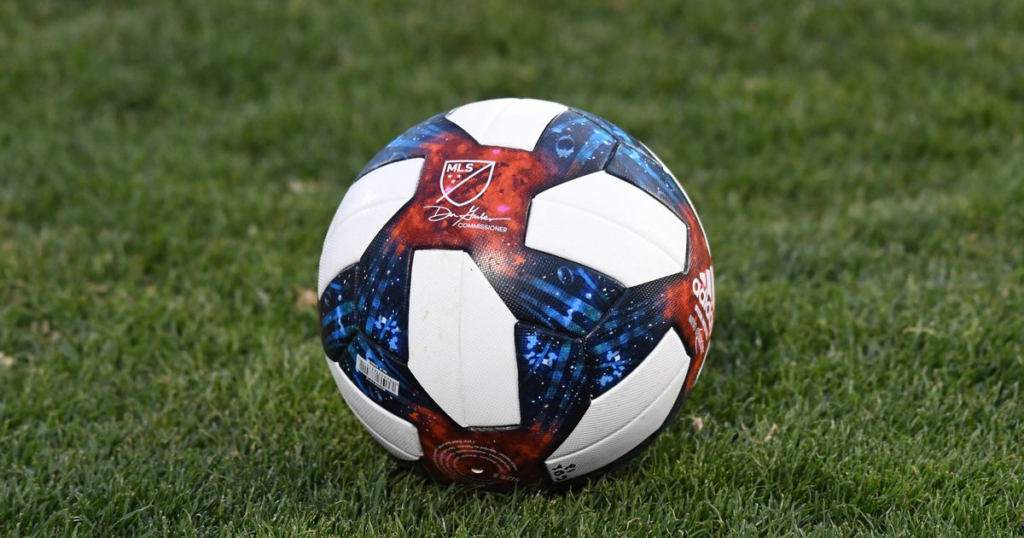Lockout Avoided for MLS

Image courtesy of foxsports.com
By Brendan Eagen
Major League Soccer and the Major League Soccer Player’s Association (MLSPA) reached an agreement on a revised collective bargaining agreement (CBA) Friday, February 5. The agreement comes after two deadline extensions and avoids a lockout which could have been potentially devastating to a league that has taken enormous revenue losses due to the pandemic.
The MLSPA was notified by MLS in December 2020 that the league would be activating a “force majeure” clause, which obligates both sides to negotiate revisions to the current CBA in the case of a catastrophic event like a pandemic. Chief among MLS’ priorities in renegotiations was the length of the current CBA. While the player’s association was happy to honor the existing deal, slated to end in 2025, MLS made extending its expiration through 2027 their main focus in negotiations. While the MLSPA had offered to meet MLS halfway, proposing a one year extension of the agreement, the league was able to use the looming lockout as leverage. The revised CBA runs through 2027. In return for the two year extension, there will be no cuts to salaries for the 2021 season, players will receive a 10% salary increase in 2027, and there will be fewer restrictions on players who can become a free agent in 2026 and 2027.
The player’s union was not happy to reenter CBA negotiations with MLS after it had already made concessions of an estimated $150 million in negotiations for the previous contract, which they agreed to in June 2020. A longer agreement means that players will have to wait longer for the pay raise that usually comes with a new CBA. All told, the new concessions made by players in this deal add up to between $100 million and $110 million, on top of the $150 million they conceded in negotiations in June. Furthermore, the expiration of the CBA in 2027 means that if the league receives a boost in popularity surrounding the 2026 World Cup set to take place, at least partially, in the United States, the players will not reap the benefits of that boost until 2027
Had the two sides not come to an agreement, surely much of the public blame would have fallen on the league’s shoulders. It is apparent that the players did everything in their power to meet MLS halfway. In a rejected counteroffer, the MLSPA had offered a one year extension of the CBA into 2026 and economic concessions totaling $53,000. However, the threat of a lockout, combined with the league committing to no salary cuts for the 2021 season, was enough for the players to eventually agree to the new proposal.
While other professional sports player’s unions and MLS fans criticized the league for what they saw as financial opportunism, it’s worth noting that the league has estimated that it lost $1 billion dollars in revenue during the 2020 season. Sporting events played in empty stadiums, once an eerie and unsettling sight, have become a defining image of the times in which we are living. Empty seats are particularly detrimental to the viability of MLS. The measly $90 million the league receives for broadcasting rights leave it heavily reliant on matchday revenue, and with a slower than expected vaccine rollout, it does not appear that the revenue stream will begin to flow again anytime soon.
Avoiding a lockout is a good thing for a league, which has been quietly building momentum for the last couple of years. In addition to adding six new expansion teams since 2016, the league has also garnered the attention of the “big five” leagues in Europe. MLS academy products like Weston McKennie and Gio Reyna are thriving for some of the biggest teams in Europe and proving that the MLS is becoming something worth watching, as long as they are playing games.






